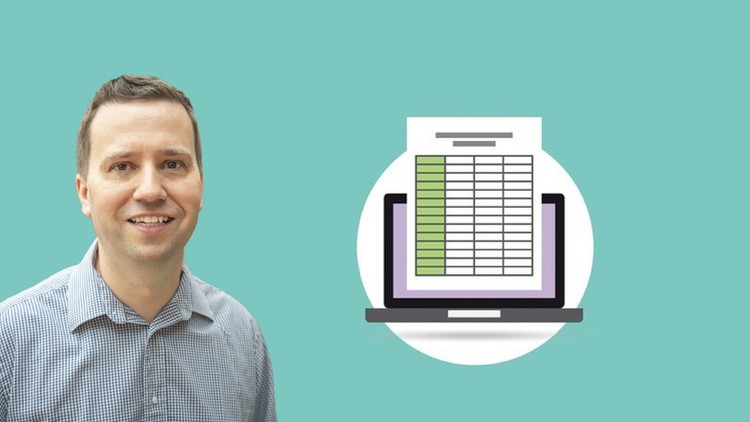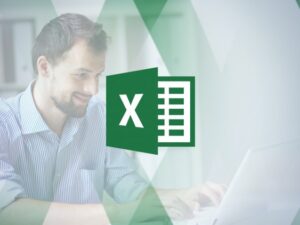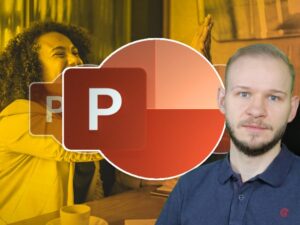Microsoft Excel - Improve your skills quickly
- Description
- Curriculum
- FAQ
- Reviews
- Grade

Welcome to this course about Microsoft Excel. You can use any version of Excel in this course, whether it is Excel 2007, 2010, 2013, 2016, 2019, or Excel 365.
A lot of people use some of the features in Excel and just muddle through – not many use all of the functions.
In this course, I take my favorite features and functions, and show you how you can make your Excel life easier by using them.
-
Learn more about formatting, filters and conditional formatting – they can improve the presentation of your spreadsheets with just a few clicks.
-
Create tables, PivotTables, Chart, PivotCharts and Sparklines – create analyses very quickly.
-
Find out how powerful Visual Basic for Applications (VBA) is – automate your code.
-
And learn functions such as SUM, SUMIF, VLOOKUP, OFFSET and iNDIRECT – translated into 15 different languages.
There are also a couple of Practice Activities, so that you can do these exercises and see how much you have learned.
In just a couple of hours, you can see how much time and frustration you can save knowing a few additional features – and you’ll find out how much more you can learn.
Afterwards, we’ll investigate what you should know about Excel, having a look at the official Microsoft exams for a guide.
-
4Formatting
Formatting turns a badly presented spreadsheet into a good one. Let's see some tips.
-
5Filters
Sometimes you don't want to see all of the data. Let's focus on particular rows using a filter.
-
6Conditional Formatting
Wouldn't it be nice if the computer could automatically highlight cells according to specific criteria. Well, it can! Let's find out about Conditional Formatting.
-
7Tables
Tables can enable the computer to add a few bells and whistles to your data - no effort. Let's find out what tables are and how you can use them.
-
8PivotTables
PivotTables sound horrific, but are an easy way to summarise data. Let's see how easy they are to create.
-
9Graphs and PivotCharts
If a picture tells a thousand words, how many does a good graph use? And how can you combine that with PivotTables to summarise the data. Let's find out about Charts and PivotCharts.
-
10Sparklines
Sometimes a big chart is too much. Let's see how sparklines are like small charts.
-
11Visual Basic for Applications (VBA)
Let's take a plunge into the wild side, and see what automation can do for your spreadsheet.
-
12Practice Activity Number 1
Let's see if you can remember the last few videos.
-
13SUM, AVERAGE, COUNT
Let's start our look at functions with some of the summarising functions.
-
14SUMIF, AVERAGEIF, COUNTIF
But what if you don't want to add up all of the data. Let's add some criteria.
-
15VLOOKUP
What if you want to lookup data in one column based on another column - and how is VLOOKUP different to SUMIF? Let's find out.
-
16OFFSET
Arrrr - we be on a treasure hunt, we be. Start at this cell, go down 2 and across 3. OFFSET marks the spot, arrr.
-
17INDIRECT
An companion to OFFSET, INDIRECT is another way to indirectly refer to cells, using strings.
-
18Practice Activity Number 2
Let's see if you can use these functions. Good luck!












